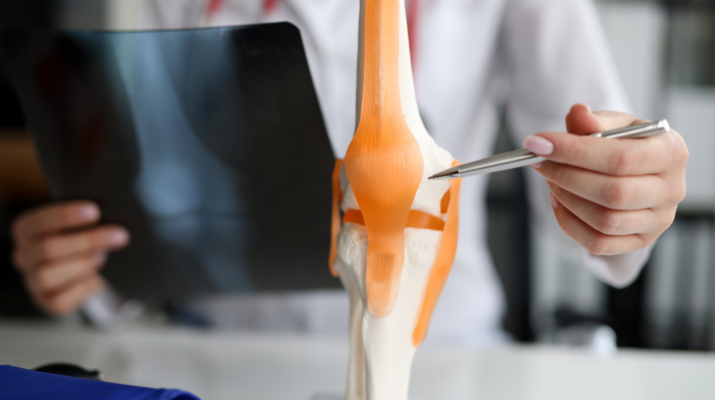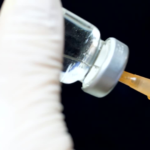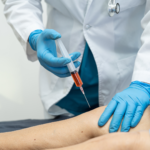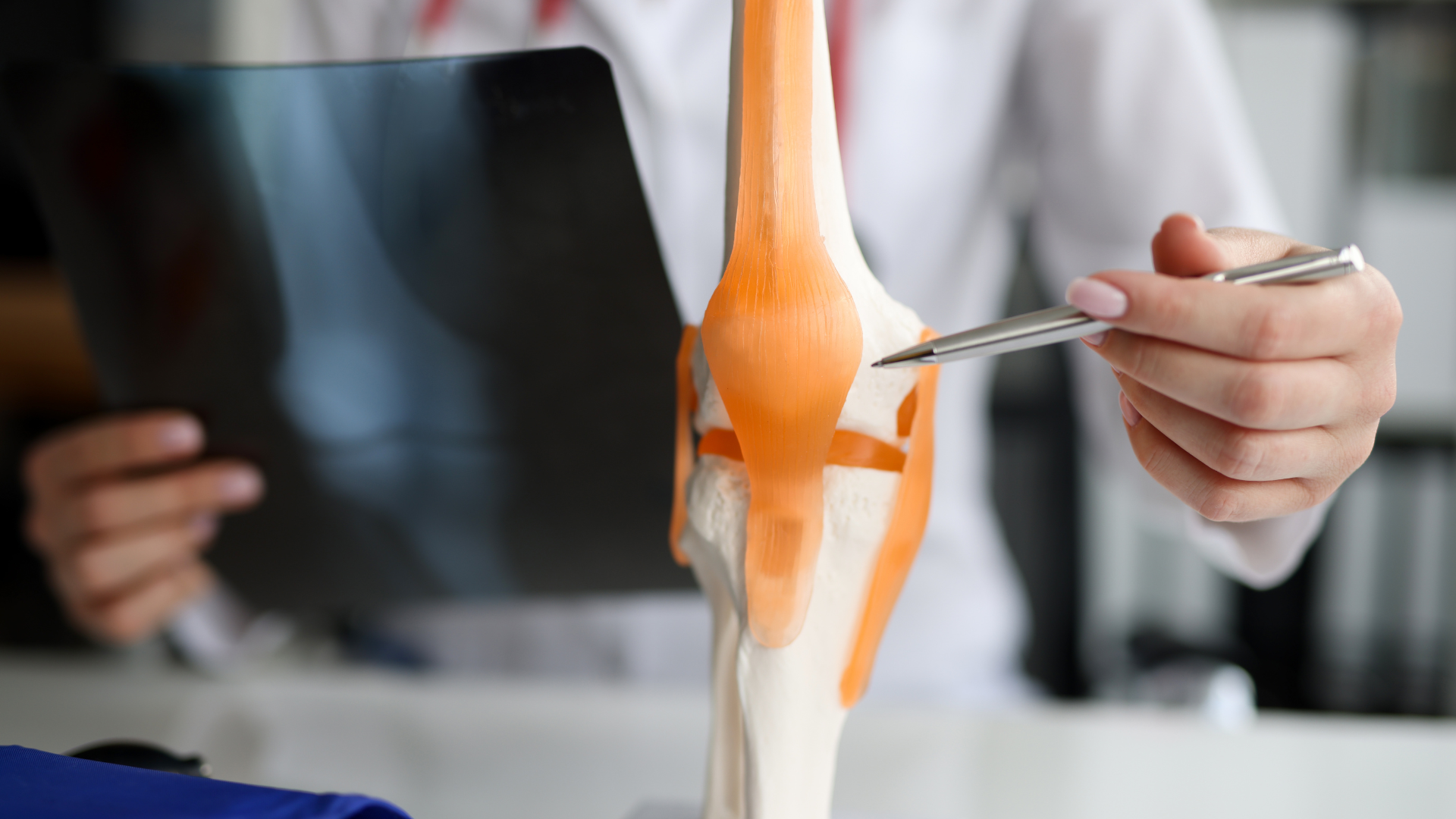
According to Legré-Boyer (2015), viscosupplementation, a treatment involving hyaluronic acid (HA) injections, is a well-accepted and straightforward method for alleviating the symptoms of knee osteoarthritis. The popularity of these treatments stems from their efficacy, cost-effectiveness, and minimally invasive nature, which are well-tolerated by most knee osteoarthritis patients.
The emergence of hyaluronic injections for knee osteoarthritis (OA) treatment has given rise to both single and multiple injection regimens. For individuals in search of a safe and effective remedy for knee OA pain, medical professionals often suggest injection therapies such as Orthovisc and Euflexxa to provide symptomatic relief.
This article will delve into intra-articular injections for knee OA, the comparison between Orthovisc and Euflexxa, and their safety and efficacy.
Key Takeaways
- The most common intra-articular therapy in the orthopedic field uses HA to deliver symptomatic relief for knee osteoarthritis (OA) patients.
- Both Orthovisc dosage and Euflexxa work by supplementing the HA in the synovial fluid of the knee joint.
- Medical professionals may recommend this non-surgical option for individuals not responding to conservative treatments.
- Orthovisc and Euflexxa have shown their effectiveness in reducing pain and improving joint function in patients with knee OA.
About: Medica Depot is your trusted all-in-one supplier, offering a range of high-quality medical injectables and supplies. If you’re looking to buy Orthovisc, you can do so on Medica Depot quickly and easily. We offer a worry-free experience in searching for the best and most popular products on the market. Whether for health professionals, plastic surgeons, dermatologists, licensed estheticians, or other specialists, we can offer genuine, brand-name products you may need. With Medica Depot, we prioritize serving you better to improve the patient’s quality of life.
Introduction to Intra-Articular Therapies for Osteoarthritis

Intra-articular therapies have gained popularity in recent times. These medical procedures involve injecting directly into the affected joint. Under intra-articular therapies, corticosteroids, hyaluronic acid (HA), platelet-rich plasma (PRP), stem cell therapy, and prolotherapy can help relieve pain.
The most common intra-articular therapy in the orthopedic field uses HA to deliver symptomatic relief for knee osteoarthritis (OA) patients. Many brands have surfaced to minimize these symptoms and potentially delay this degenerative joint disease. Orthovisc and Euflexxa are among the known brand names for their safety and efficacy.
Intra-articular injections play a crucial role in knee OA management. They provide targeted treatment to individuals’ affected knee joint sites, significantly improving pain, function, and patient’s quality of life. However, brand names may differ from several factors, like dosage and frequency.
Mechanism of Action
Orthovisc, Euflexxa, and other hyaluronic acid viscosupplement have similar mechanisms of action in treating knee osteoarthritis. While they may have differences in their composition, these injections have the same goal of providing symptomatic knee OA relief to patients.
In knee OA, the synovial fluid in the joints tears and wears down, causing friction, pain, and inflammation. Orthovisc knee injections and Euflexxa require direct administration into the affected knee joint to supplement the synovial fluid with hyaluronic acid (HA), its primary aid in lubricating and cushioning the joints.
Orthovisc and Euflexxa’s formulation mimicked the HA, which acts as a lubricant and shock absorber when injected. These injections deliver significant pain reduction, potentially delaying the joint disease, improving movement, and enhancing the patient’s quality of life.
Both Orthovisc dosage and Euflexxa work by supplementing the HA in the synovial fluid of the knee joint. They help lubricate the joints, preventing them from rubbing together, which causes pain and inflammation. Both aim to restore the viscoelasticity in the fluid but differ in their molecular weight and structure.
Indications for Use
The US Food and Drug Administration has approved Orthovisc and Euflexxa for knee OA symptom treatment. Medical professionals may recommend this non-surgical option for individuals who have not responded to conservative treatments like exercise, physical therapy, and simple analgesics.
Orthovisc has received approval in the United States and Canada only for use in the knee. Meanwhile, Euflexxa’s information for prescribers showed that this injection treatment has additional indications for other synovial joints.
Clinical Efficacy

While limited clinical trials are available online, Orthovisc has demonstrated its clinical efficacy in several trials. A randomized controlled trial by Neustadt et al. (2005) showed that Orthovisc’s high molecular weight injection is safe and effective in treating mild to severe knee osteoarthritis (OA).
This study involved 372 participants, with 76% of patients reporting a significantly greater than 20% improvement in the pain scores at week eight compared to the 62% of control patients. Euflexxa conducted several clinical trials to test its efficacy compared to other treatments.
A 12-week trial showed that Euflexxa brought significant relief to patients. 62% of patients felt pain-free after the third injection, and this relief improved after the last shot. Approximately 2/3 of patients felt completely pain-free at the end of the study.
Moreover, 81% of the patients reported higher patient satisfaction than Synvisc’s 75%. With these respective trials, Orthovisc and Euflexxa have shown their effectiveness in reducing pain and improving joint function in patients with knee OA.
Dosing Regimens and Administration

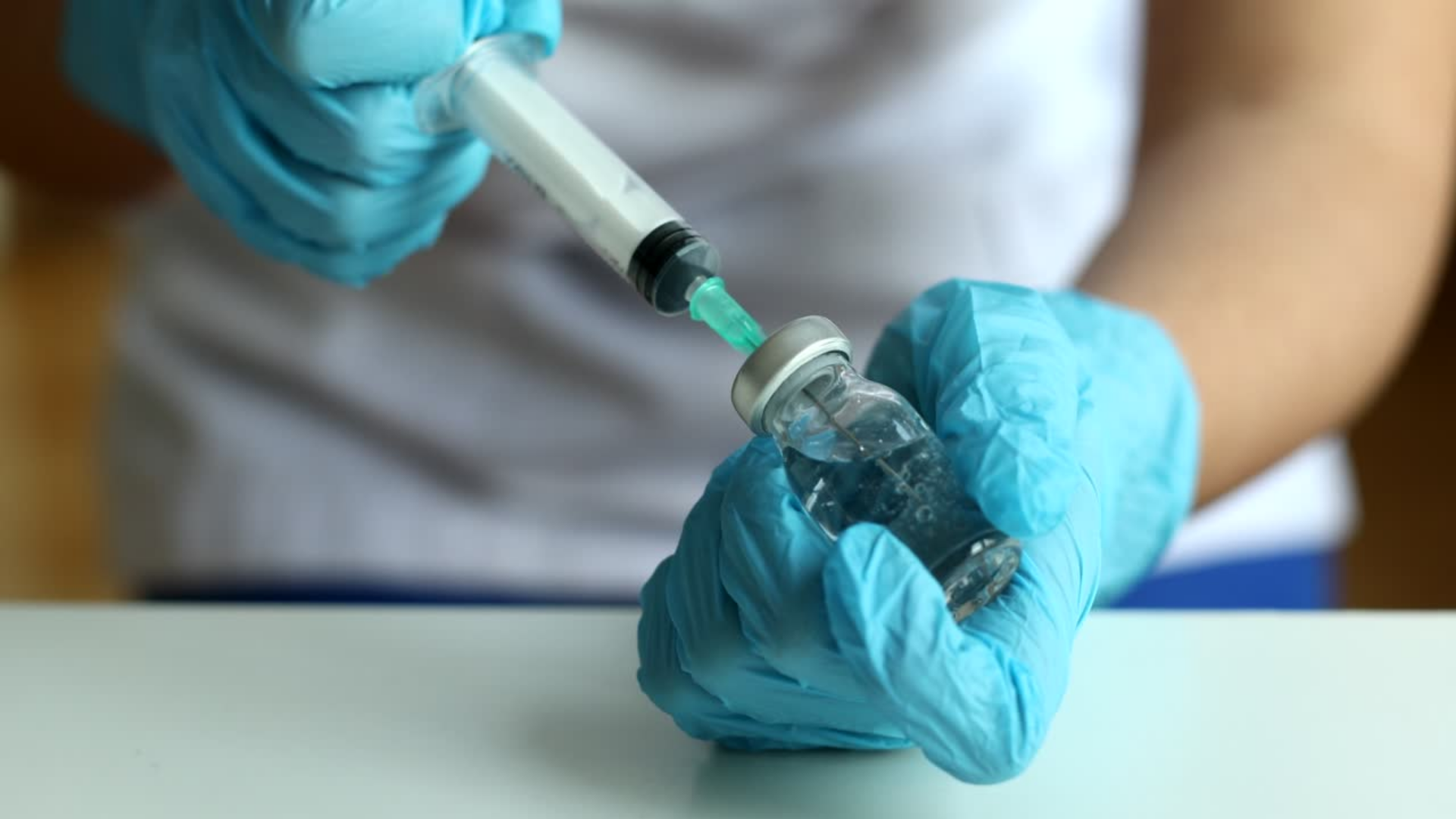
Before these knee injection treatments, medical professionals must remove any joint effusion in the injection site. This can avoid further complications or adverse events during or after the procedure. Additionally, Orthovisc dosage and Euflexxa dosing regimen may be similar, but they differ in terms of frequencies.
- Orthovisc: The recommended Orthovisc dosage is 2 mL, given once a week for each knee. The regimen involves three to four Orthovisc shots for knees at weekly intervals.
- Euflexxa: The recommended Euflexxa dosage is 2 mL, and providers must inject it into the affected knee joint weekly for three weeks. Patients must complete a total of three injections.
Both shots require intra-articular injections directly into the affected knee joints. They differ in injection frequency but have similar dosage requirements of 2 mL. Medical professionals must administer Orthovisc and Euflexxa using a strict aseptic injection technique.
Orthovisc and Euflexxa’s Safety Profiles
In understanding medical treatments, patients must know the safety profiles of the products. Orthovisc and Euflexxa have demonstrated safety and are generally well-tolerated by most individuals in clinical trials.
Orthovisc knee injections have a few contraindications that medical professionals and patients must remember. Avoiding the administration of this injection therapy to individuals in or with these conditions can prevent further complications.
- Do not administer to patients with hypersensitivity to hyaluronate formulations.
- Do not administer to patients with allergies to avian or avian-derived products.
- Do not inject in the injection site with skin disease or infection
Patients may experience common Orthovisc side effects such as pain or swelling at the injection site. While this injection is generally safe, rare adverse events may occur. Patients reported a few common adverse events after their treatment in their clinical trial. When these persist, immediately contact your trusted provider.
- Arthralgia
- Back Pain
- Headache
On the other hand, Euflexxa also has contraindications that can help patients avoid severe risks. While Euflexxa has a safe profile, healthcare providers must understand that some patient conditions may not be suitable for Euflexxa treatments.
- Do not inject Euflexxa into patients with hypersensitivity to hyaluronan preparations.
- Do not inject Euflexxa into the injection site with skin disease or infection.
Moreover, patients can expect common side effects after Euflexxa injection treatments. Euflexxa has reported several rare adverse events after injections. Patients should contact their providers when these symptoms occur and persist.
- Arthralgia
- Back Pain
- Joint Effusion
- Rhinitis
Both knee injections offer safety and efficacy with their treatments. They almost share a typical safety profile and rare occurrences of adverse events. However, they differ in one contraindication: Orthovisc should not be administered to patients with avian allergies, while Euflexxa does not have the same restriction.
Conclusion
Orthovisc and Euflexxa represent significant advancements in intra-articular therapies for osteoarthritis. They both work by supplementing the hyaluronic acid (HA) in the synovial fluid, providing lubrication and symptomatic relief. These injection treatments target patients who have failed to adequately respond to conservative therapies.
However, they differ in their molecular structure and dosing regimens. While Orthovisc requires three to four injections, Euflexxa needs three shots for a single cycle. Despite this, both treatments have shown their safety and efficacy in delivering knee OA symptomatic relief to the treated patients.
FAQs
1. What are intra-articular therapies?
Intra-articular therapies involve injecting medications directly into the joint space. They are often used to treat joint pain caused by osteoarthritis.
2. How effective is Orthovisc compared to Euflexxa?
Orthovisc and Euflexxa effectively reduce joint pain caused by knee osteoarthritis. However, studies have shown that Orthovisc provides more pain relief than Euflexxa.
3. Are there any adverse risks in getting Euflexxa and Orthovisc knee injections for osteoarthritis?
While Euflexxa and Orthovisc knee injections are generally safe, risks include arthralgia, back pain, and allergic reactions. Patients should discuss these risks with their doctor before undergoing any procedure.
4. How many injections are needed for Orthovisc and Euflexxa?
For Orthovisc, patients must undergo three to four injections at weekly intervals for a complete cycle. Meanwhile, Euflexxa patients require three shots at weekly intervals.
References
- Legré-Boyer, V. (2015). Viscosupplementation: Techniques, indications, results. Orthopaedics & Traumatology: Surgery & Research, 101(1, Supplement), S101–S108. https://doi.org/10.1016/j.otsr.2014.07.027
- Neustadt, D., Caldwell, J., Bell, M., Wade, J., & Gimbel, J. (2005). Clinical Effects of Intraarticular Injection of High Molecular Weight Hyaluronan (Orthovisc®) in Osteoarthritis of the Knee: A Randomized, Controlled, Multicenter Trial. The Journal of Rheumatology 2005; 32:10; The Journal of Rheumatology. https://www.jrheum.org/content/jrheum/32/10/1928.full.pdf
Buy aesthetic products refers to the act of purchasing items that are specifically designed for enhancing or maintaining beauty, often related to skincare, cosmetics, or procedures in the field of aesthetics. These products can include a wide range of items intended to improve the appearance and health of the skin, hair, and body. Here are some examples of aesthetic products that individuals might purchase:
-
Skincare Products: Including cleansers, moisturizers, serums, and treatments targeting specific skin concerns such as acne, aging, hyperpigmentation, and sensitivity.
-
Cosmetics: Makeup products such as foundations, concealers, eyeliners, lipsticks, and eyeshadows designed to enhance facial features and achieve desired looks.
-
Hair Care Products: Shampoos, conditioners, styling products, and treatments to maintain and improve the health and appearance of hair.
-
Dermatological Treatments: Prescription or over-the-counter treatments for medical conditions like acne, eczema, psoriasis, or rosacea.
-
Aesthetic Devices: Equipment used for professional treatments including laser devices, microneedling pens, radiofrequency devices, and IPL (Intense Pulsed Light) machines.
-
Injectable Aesthetics: Products such as dermal fillers and botulinum toxin (Botox) used to enhance facial contours, reduce wrinkles, and achieve smoother skin.
-
Nutritional Supplements: Supplements aimed at promoting skin health, hair growth, and overall well-being, often containing vitamins, minerals, and antioxidants.
-
Home Use Beauty Devices: Devices like facial cleansing brushes, LED light therapy masks, and microcurrent devices designed for at-home skincare treatments.


